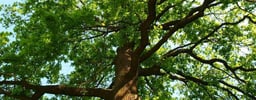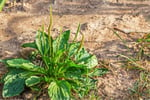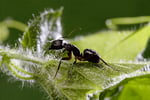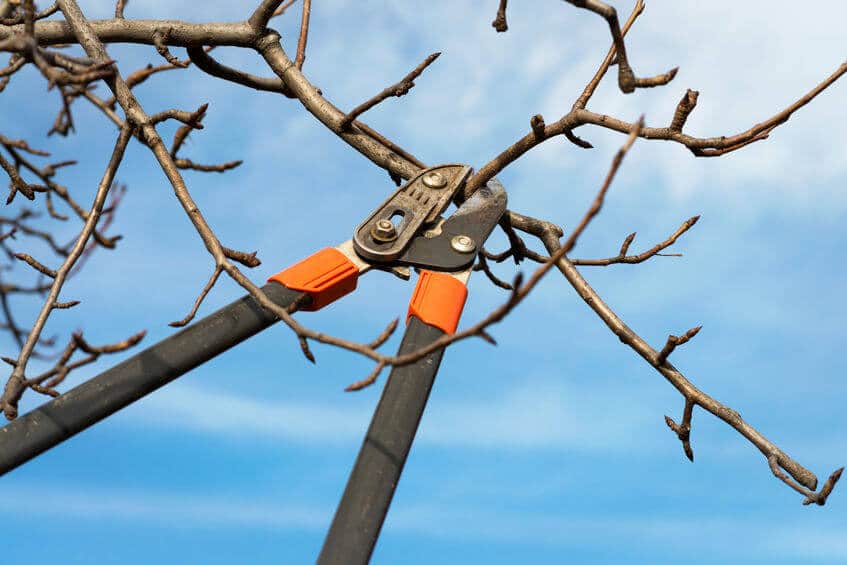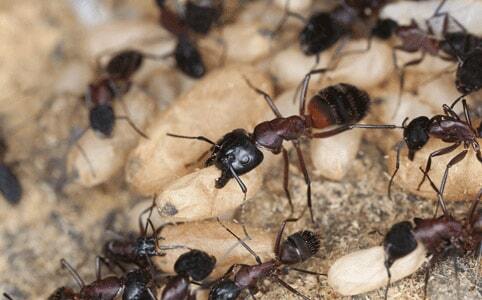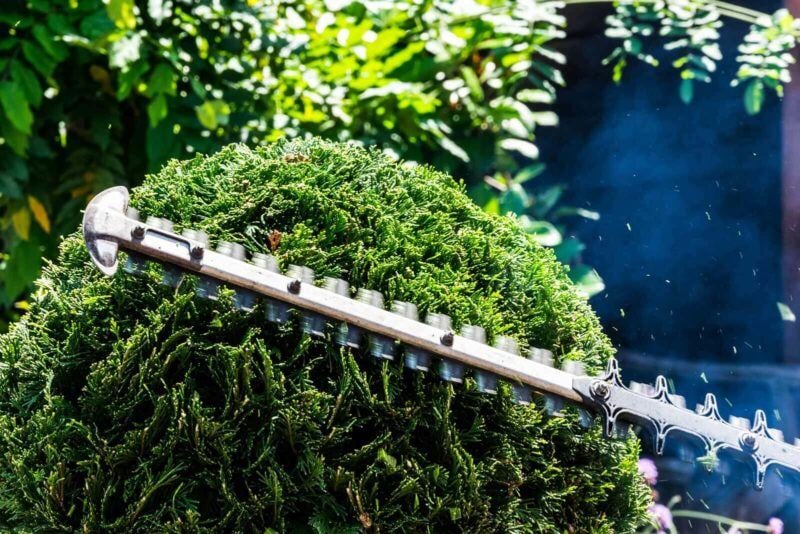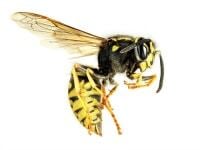
Yellow jackets are considered a social insect although they tend to stay away from humans for the most part. As the season progresses, however, and the yellow jacket colony multiplies, foragers will tend to have more interactions with humans.
Yellow jacket colonies, which begin each season with one overwintering queen, can grow anywhere from 1,500 to 15,000 depending on the species. Yellow jacket nests are usually built in abandoned rodent holes, or holes in walls or ceilings, and are predominantly crafted out of paper.
Yellow jackets normally interact with humans while they are scavenging for food.
Although yellow jackets are not particularly aggressive, they can be dangerous because of their ability to sting multiple times, as well as their tendency to become very defensive of their nests. For this reason it is never recommended that home owners try and deal with yellow jacket nests on their own, but instead consult a trained pest control expert.
Keeping yellow jackets away from your family is the best way of control. Yellow jackets feed on foods rich in carbohydrates and sugars, so it’s a great idea to keep outdoor food covered until the food is ready to be eaten. Garbage also should be kept secured to cut down on opportunities for foraging.


.png?width=1142&height=1350&name=Holiday%20Decor%202025%20LP%20-%20548x648%20%20(1).png)


